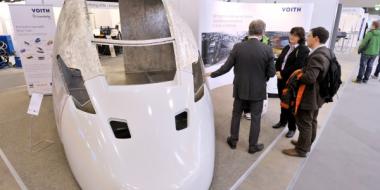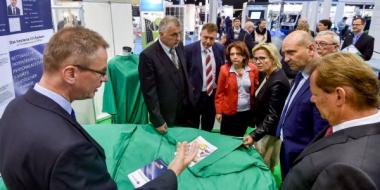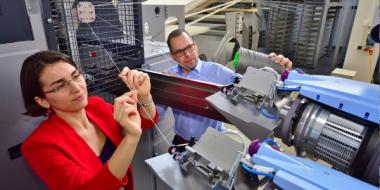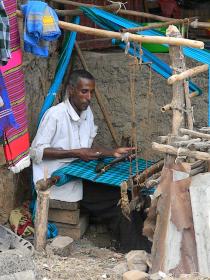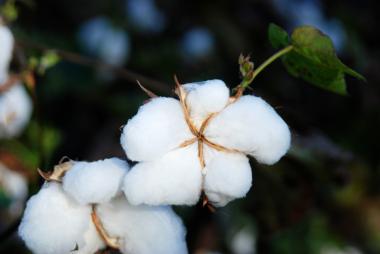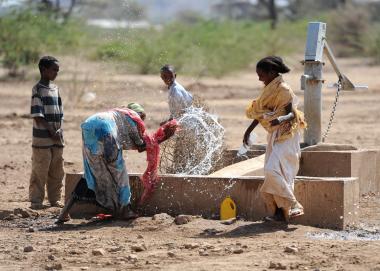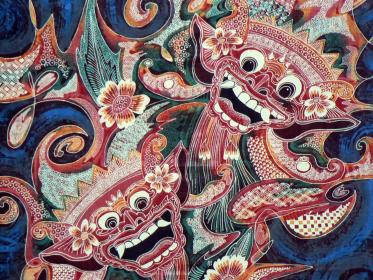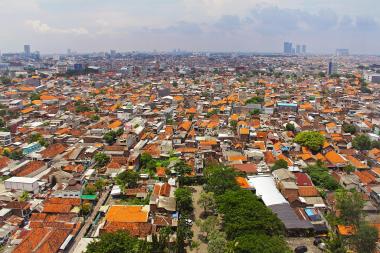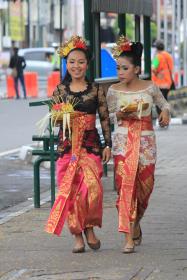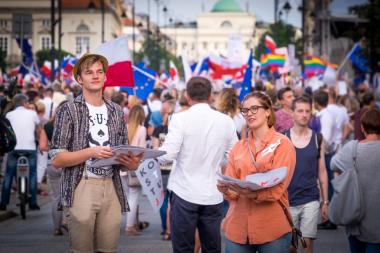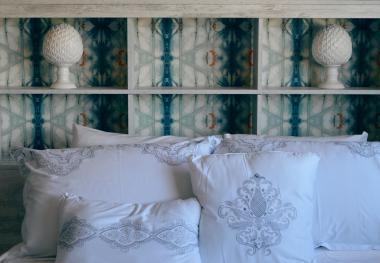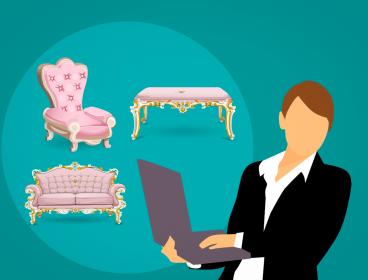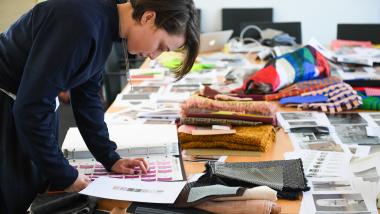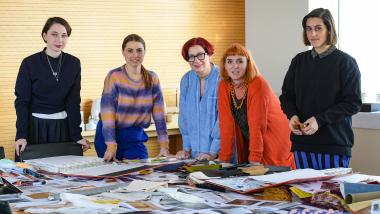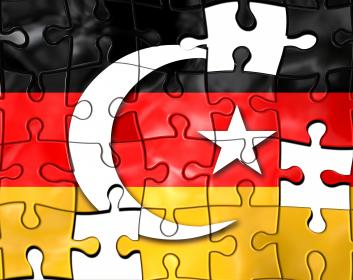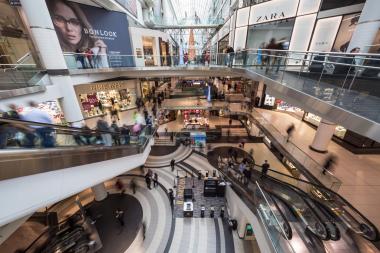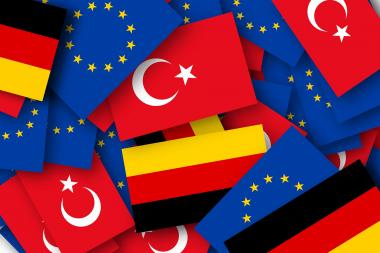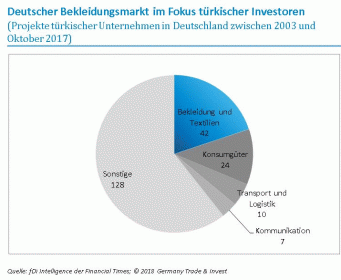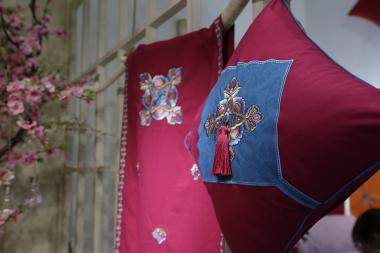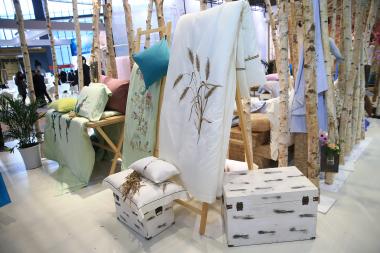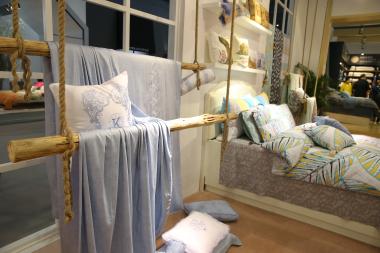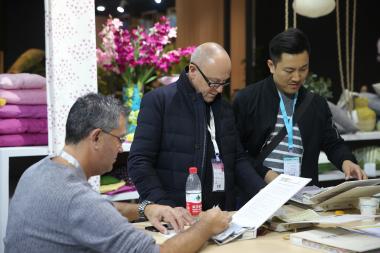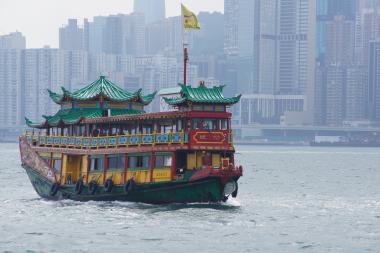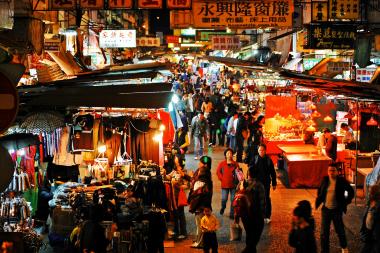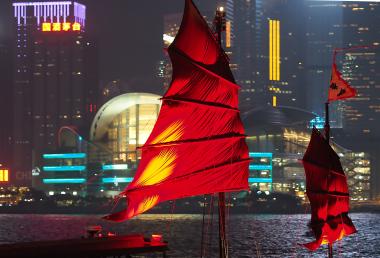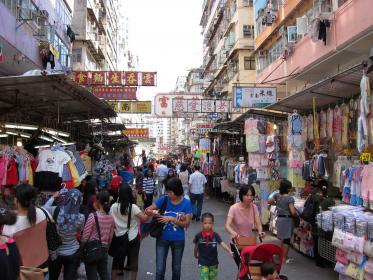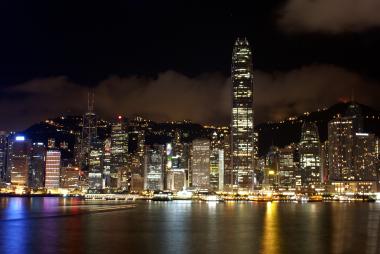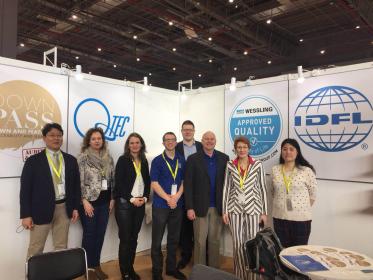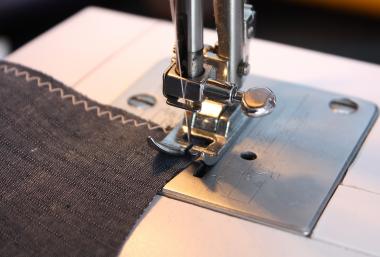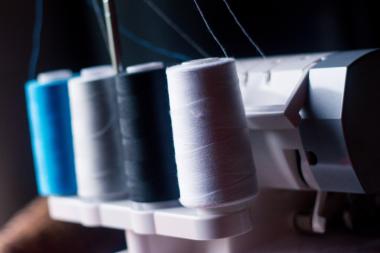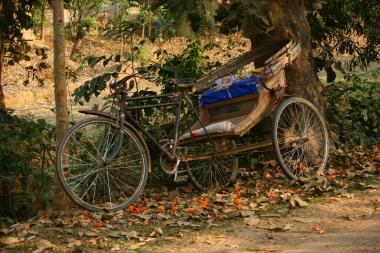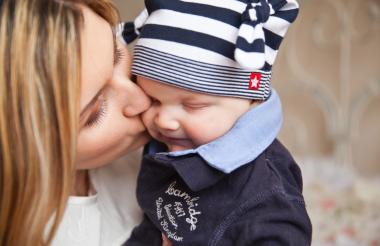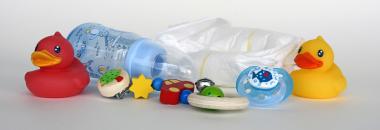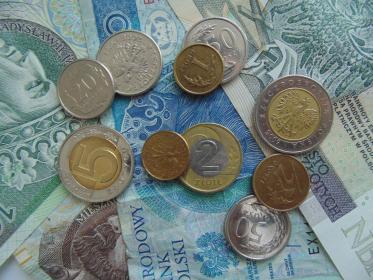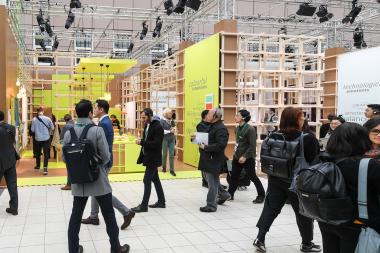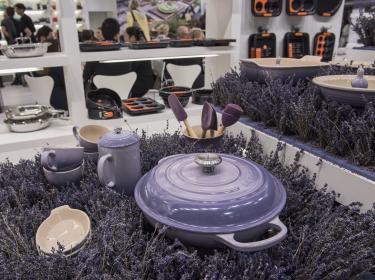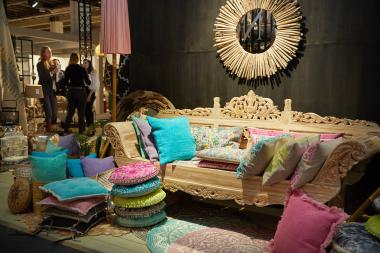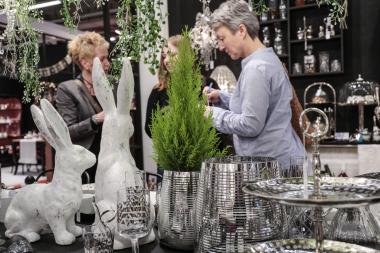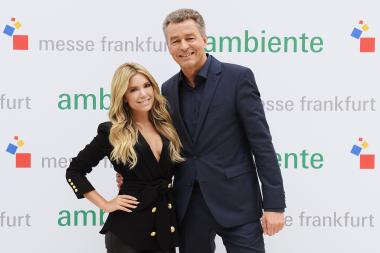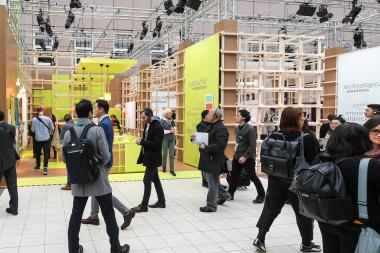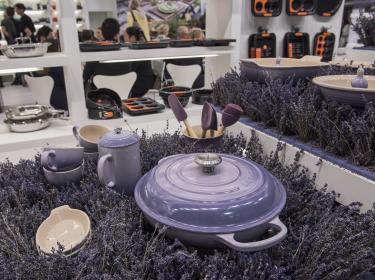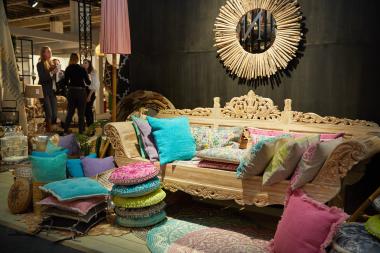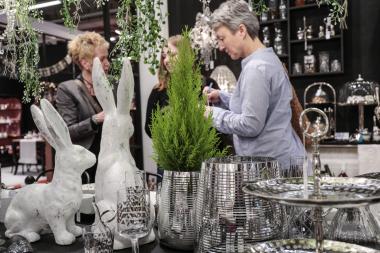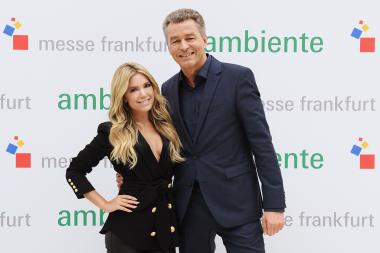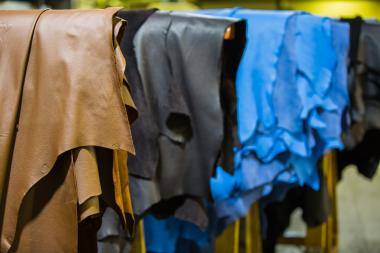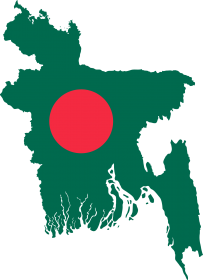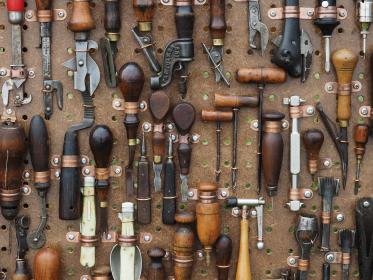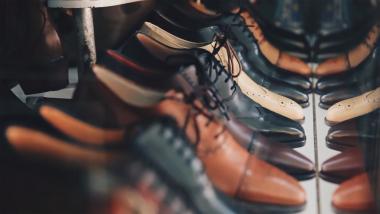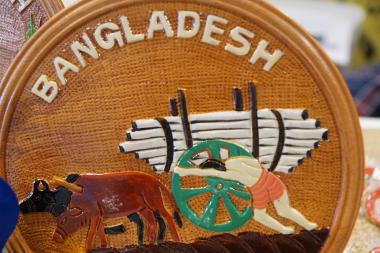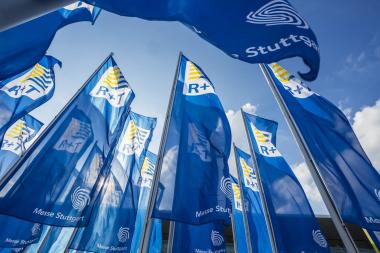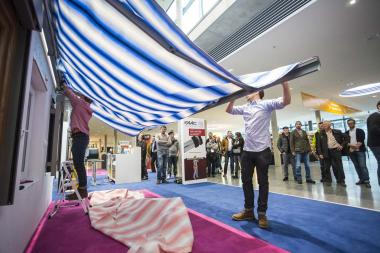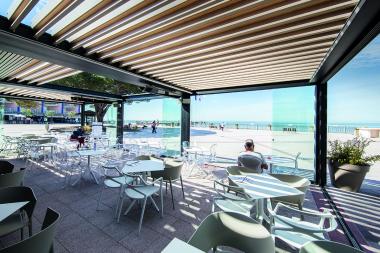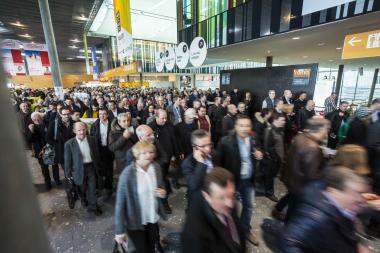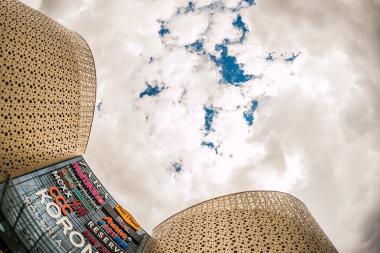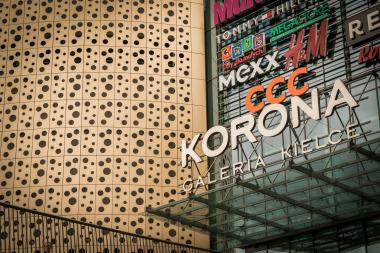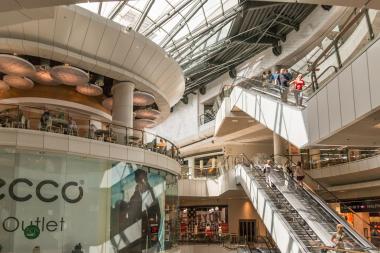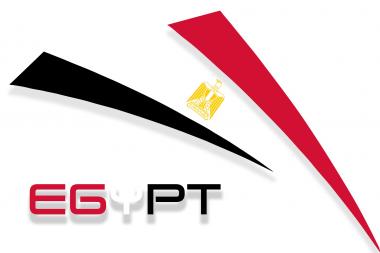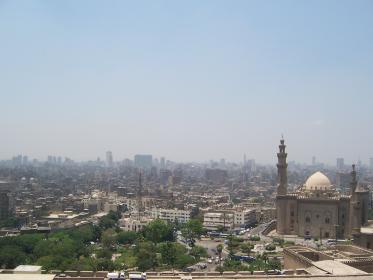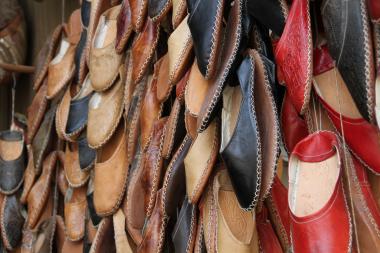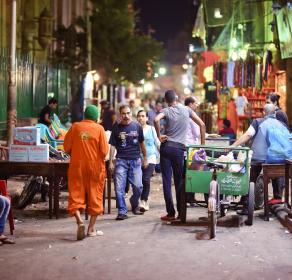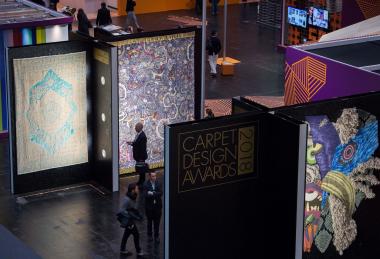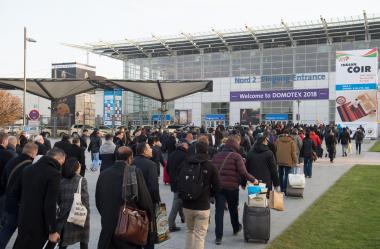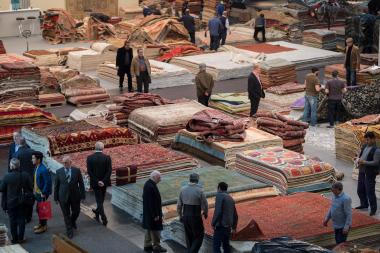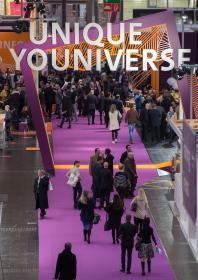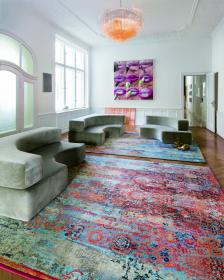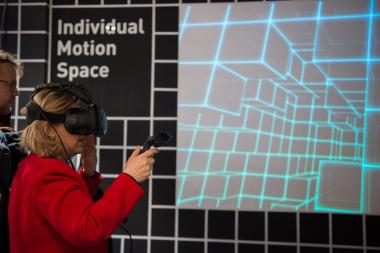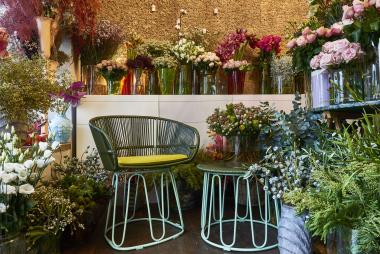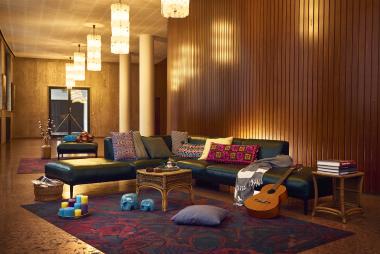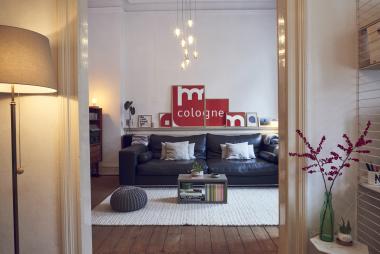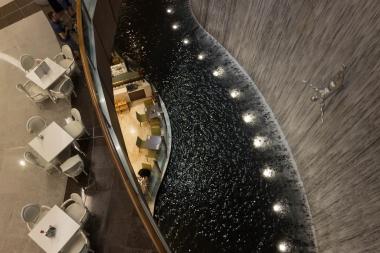mtex+ and LiMA 2018: BRIDGE BUILDING BETWEEN TECHNICAL TEXTILES AND LIGHTWEIGHT
At May 29/30, 2018, 147 exhibitors from six countries present application-oriented textil and lightweight-solutions for all sectors from A to Z and introduce numerous innovations in Chemnitz - Special exhibitions and specialiced events deepen the trade fair topics and give inspiration for innovation development and business contacts
With a 10 % plus of exhibitors and an exhibition area which rose 20 % the trade fair duo mtex+ and LiMA starts at May 29/30, 2018. At hall 1 of the Messe Chemnitz 147 companies and research institutes present on 4.200 square metres application-oriented textil and lightweight-solutions for sectors from architecture to railway technology. On 3.500 square metres 134 exhibitors were represented at the previous trade fair in 2016 in Chemnitz. „We are pleased that the merging of the fields of technology technical textiles and lightweight becomes even more visible at our trade fair duo. Not only exhibitors from the Central German industry and research region demonstrate their know-how. We can as well welcome companies and research institutes from all over Germany adding Belgium, France, Austria, Switzerland and the Czech Republic in Chemnitz. To us this is the proof that the further merge of mtex+ and LiMA under the new slogan ‚Excellent connections: Technical textiles meet lightweight construction‘ works out“, emphasises Dr. Ralf Schulze, director C³ Chemnitzer Veranstaltungszentren GmbH, to which the Messe Chemnitz belongs.
Innovations from textil circuit boards to railway-components made of basalt and bamboo
The international trade fair for technical textiles mtex+ and the lightweight trade fair LiMA focus on functionalised and intelligent textiles as well as lightweight materials and –products, digitised production, process development-, process- and technology development, refinement and recycling. The exhibitors in 2018 put various innovations forward. The nonwoven-manufacturer Glatzeder arrives with a protective suit made of an entirely new material, which is suitable for work under extreme conditions. A especially for security forces made protective clothing will be shown by Wattana. Flexible textil circuit boards made of conductive nonwovens are the new development from Norafin. Vowalon presents a surface sealing for imitation leather padding which extends its service life. Light interactive components as well as tables and seating areas made of textile concrete will be shown by the TU Chemnitz. HÖRMANN Vehicle Engineering demonstrates trim - and interior components for railway vehicles with basalt- and bamboo fibre.
New and proven special exhibitions offer insights into innovative developments besides the exhibition stands. A new addition at the program is „light.building“ belonging to lightweight in architecture and building trade and „flexible.protect“ belonging to protection- and safety textiles for humans, nature, mobile and immobile goods. The successful exhibition „health.textil” with medicine-, health- and wellness textiles from 2016 will be continued.
Compact, intensive and international
The exhibition stand- and special exhibition-presentations demonstrate the growing application range of technical textiles and lightweight. „Hightech-textiles and lightweight solutions conquer more and more new fields of application. Compact seen should be the various possibilities in the Central German industrial metropolis Chemnitz, that is and was a centre of innovative textile industry. The atmosphere of the small but fine trade fair duo of short distances and intensive contacts is not only appreciated by the actors of the strong Saxon-Thuringian textile region but also by foreign companies and research institutes. So are the textile federation ATOK and the Techtex-Cluster CLUTEX from the Czech Republic with a multicompany stand and the Smart-Textiles-Network from Austria our guests again“, informs Dr. Jenz Otto, general manager of the Noth-Eastgerman textile- and clothing industry association (vti) and amends: „The exhibiton is not only an obligatory date for the specialised insiders but also the federal policy shows a great interest in the textil- and lightweight- competences of the region. Because of this the Commissioner for middle class and for the new Länder, Christian Hirte, follows our trade fair duo invitation.“ The vti is from the very beginning major partner and a generator of inputs for the continuous further development of the event.
You can find further information about the program as well as the trade fairs under: www.mtex-lima.de
Messe Chemnitz


